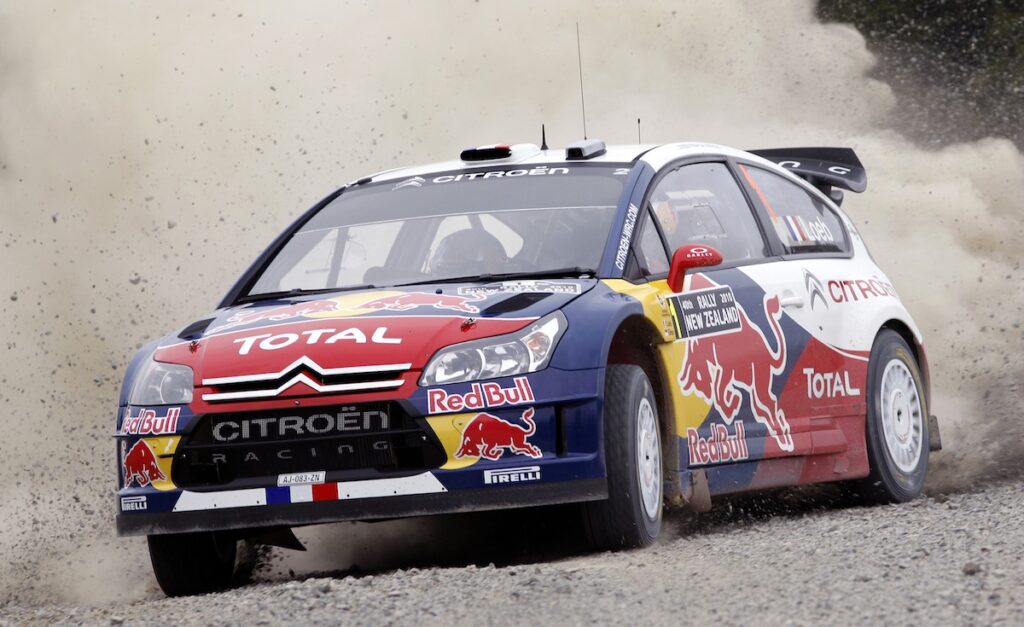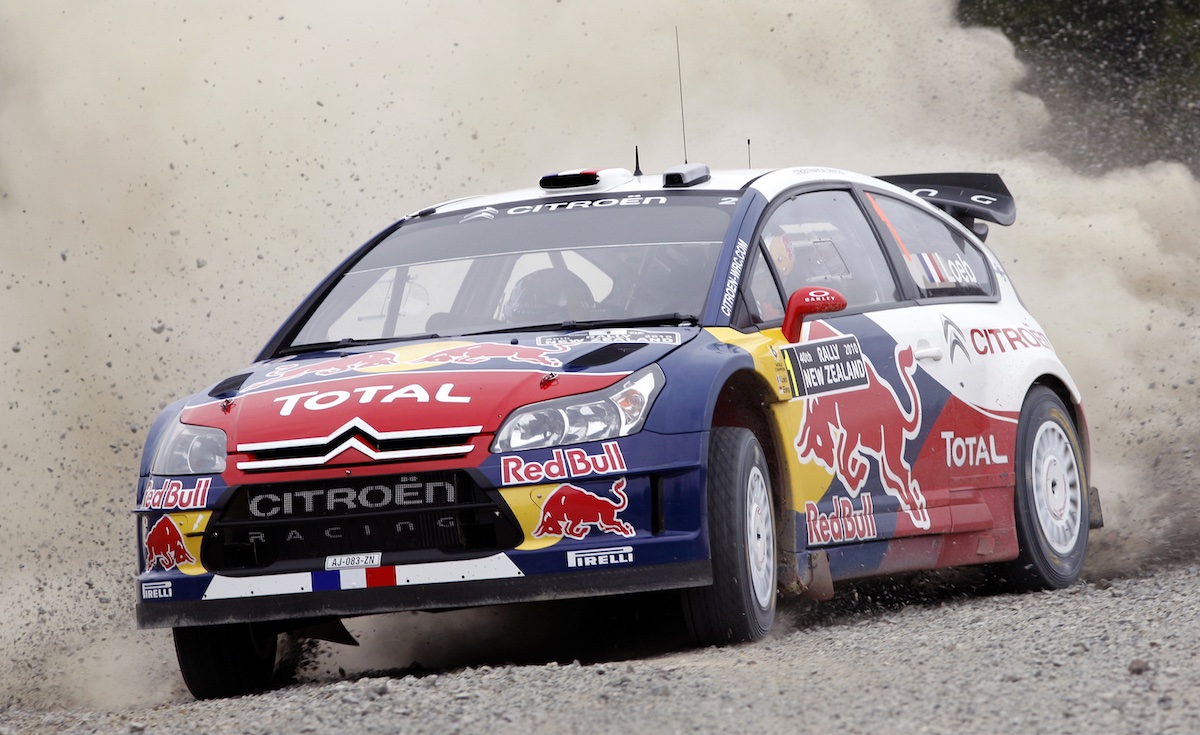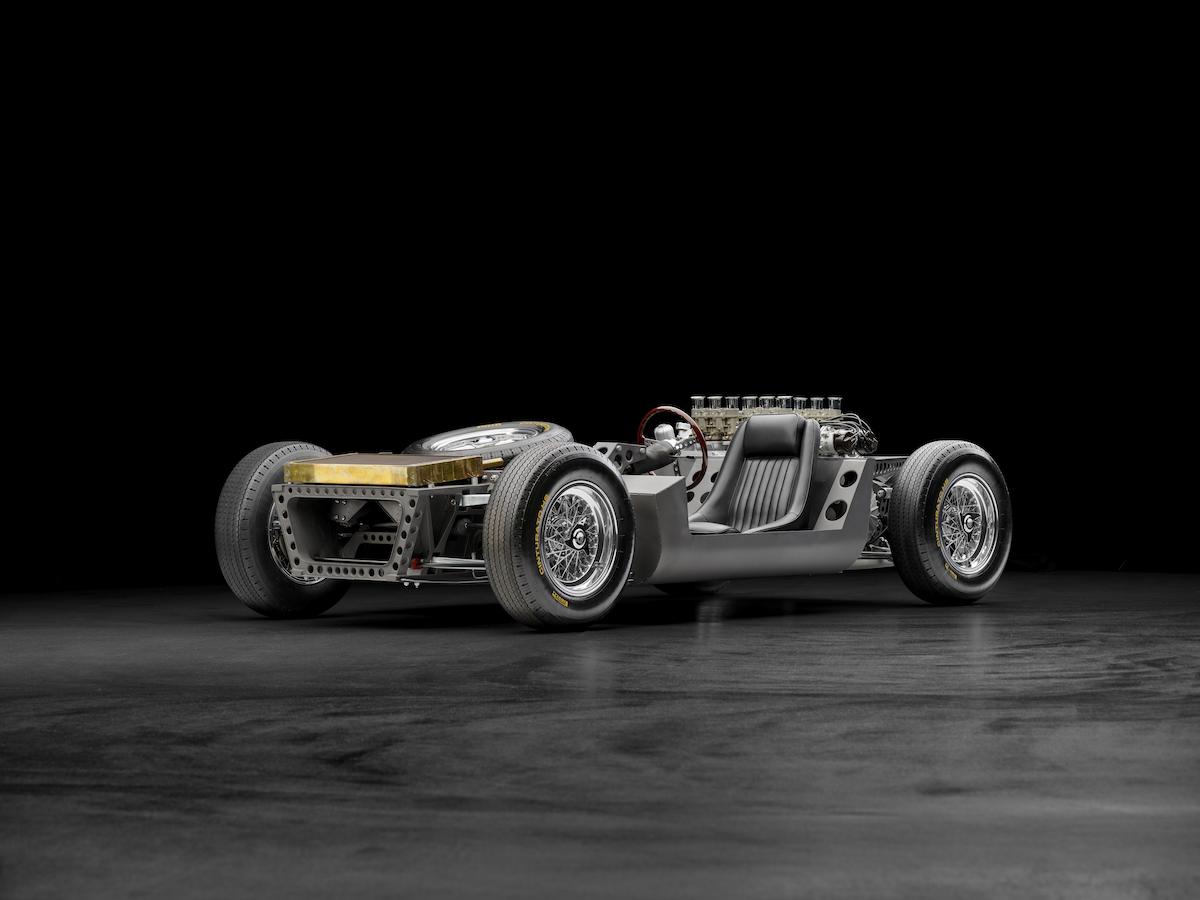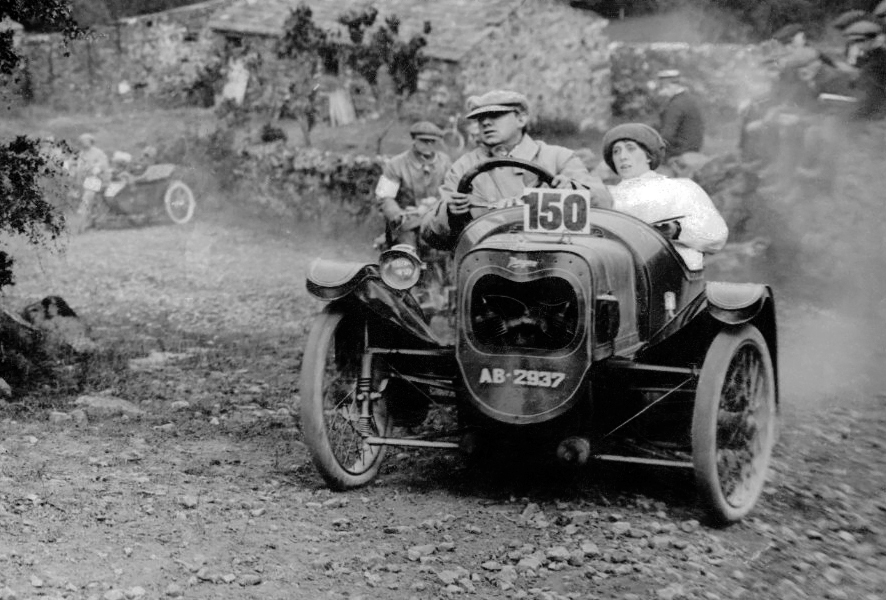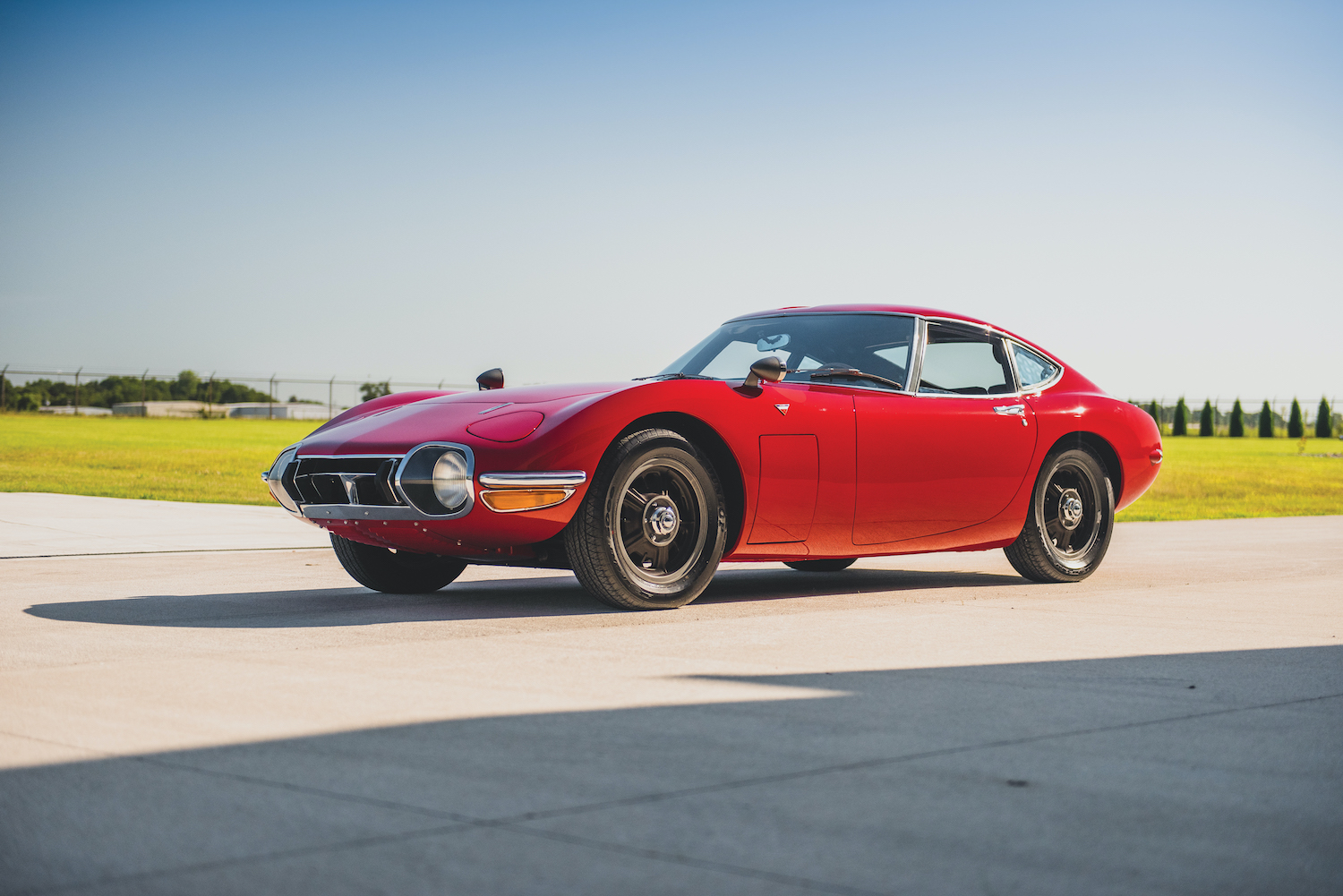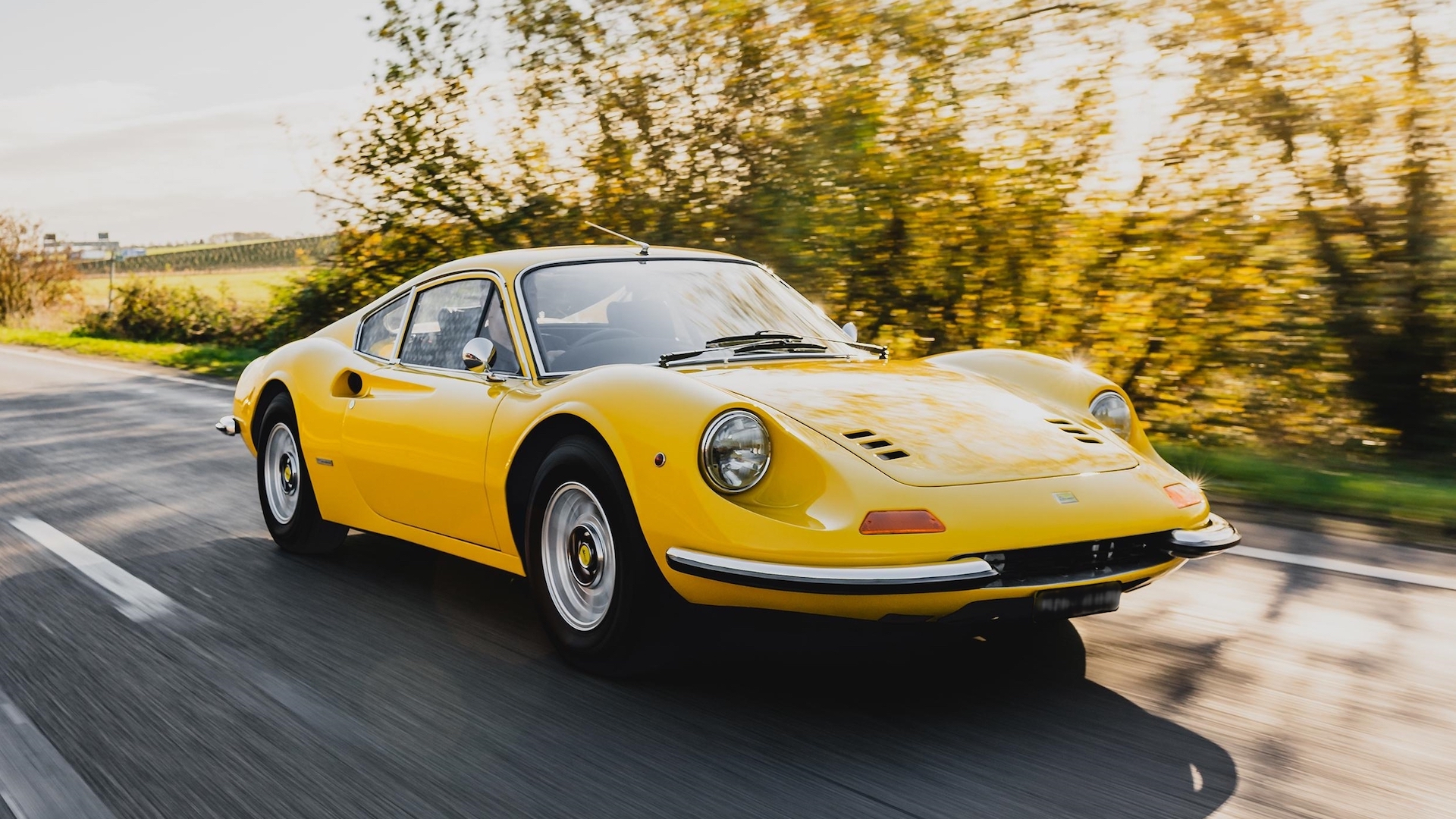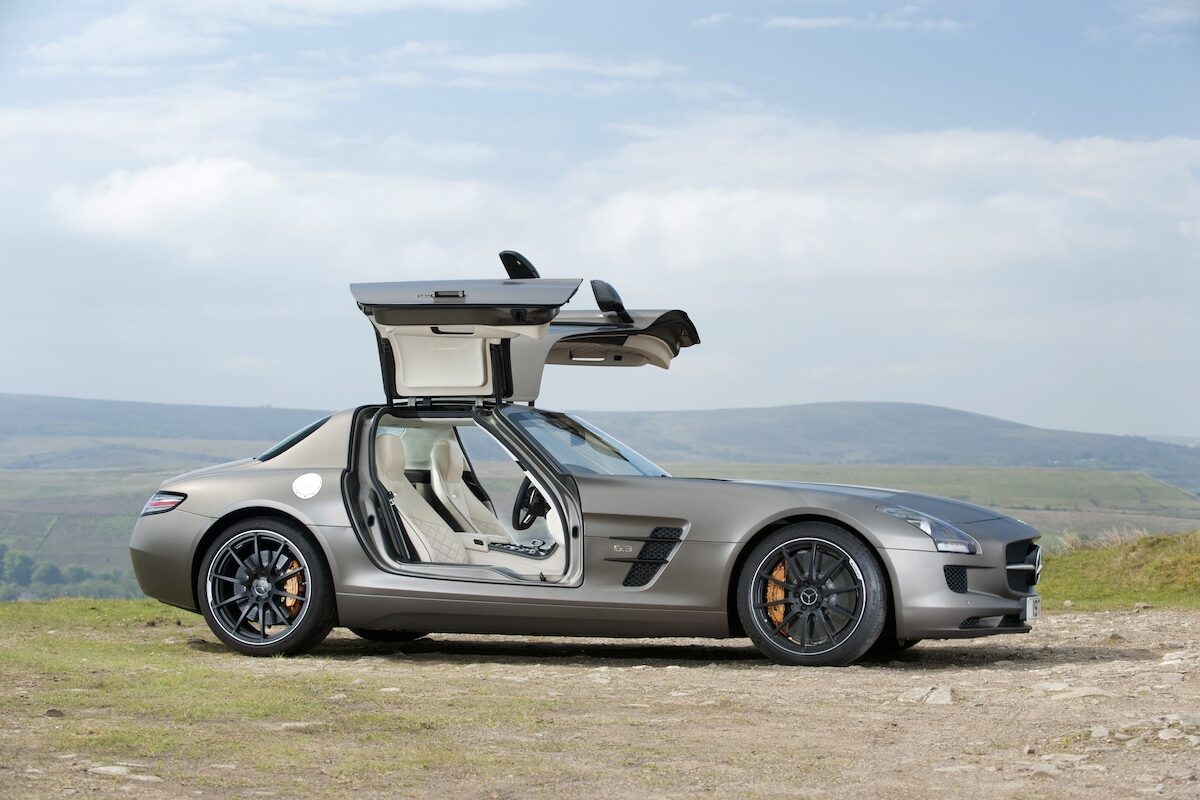From spending frosty mornings watching cars take on Canberra’s notorious ‘Mineshaft’ to later managing Subaru’s Championship-winning team during the 1980s, Cliff Chambers has a long association with rallying. In this series, he takes a look back at the cars that have been most influential in the sport. This is the final part of 10 instalments.
For many years, Citroën had been a force in long-distance rallying, winning the World Cup Rally in 1974 and finishing third in the 1977 London-Sydney Marathon after being knocked out by a crash while leading the 1968 event.
Decades would then pass, including the rabid years of Group B when Gallic rivals Peugeot and Renault were heavily involved, before the French car maker would once again take a serious interest in rallying.
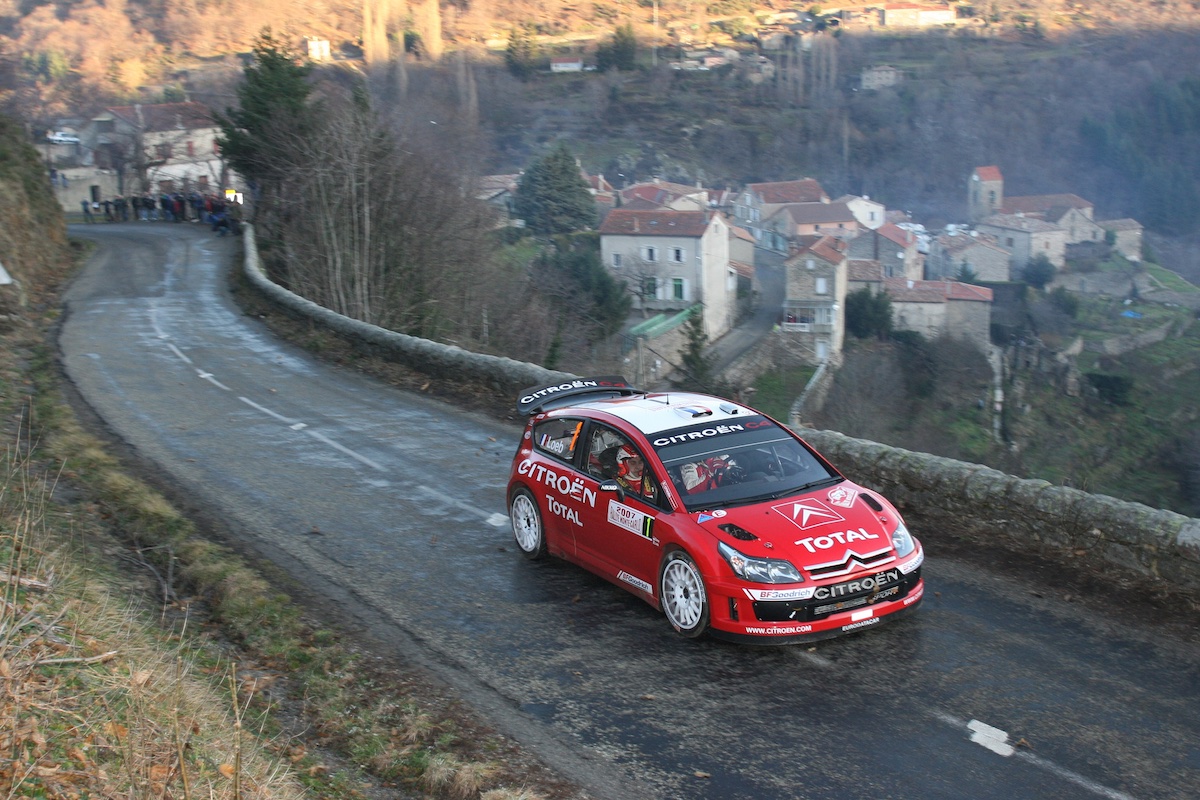
During 1999, the front-wheel drive Citroën Xsaras contested the K2 WRC class before being replaced in 2001 by an all-wheel drive contender for outright honours.
After winning successive WRC Manufacturers’ titles, the Xsara-based car was replaced for 2007 by the Citroën C4, which would rewrite record books with an astonishing 36 wins during a four-year competition career.
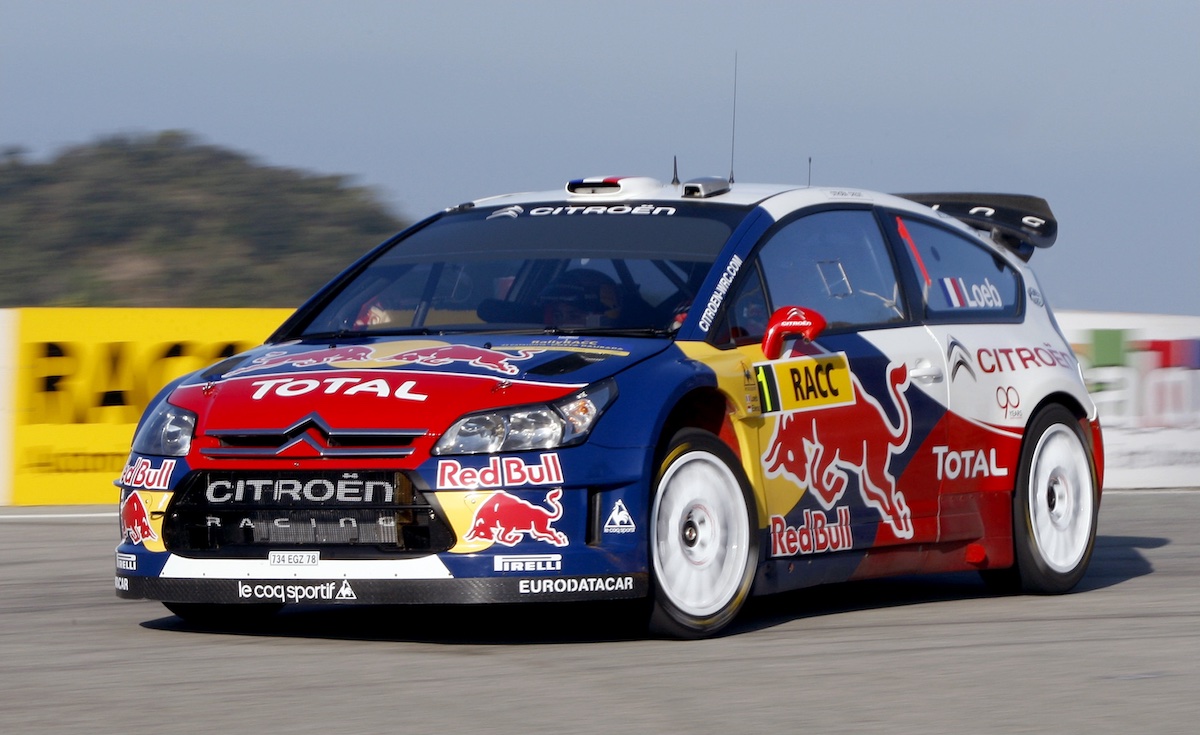
From 2007-10, the Citroën C4 – as driven by French superstar driver Sébastian Loeb – won four WRC Drivers’ Championships and three Manufacturers’ awards.
The secret to Loeb’s success was the C4’s virtually unbreakable structure which, combined with his incredible precision as a driver, virtually eliminated the phrase “Did Not Finish” from his results.

Weighing a significant 1230kg, the C4’s 240kW of power and 580Nm of torque still offered its drivers prodigious grip and acceleration.
These attributes would help Loeb achieve a truly remarkable 100 percent win record in the 13 pure asphalt WRC events he contested in a C4.
Want to know more about the history of automotive rallying? Click here to find out.

